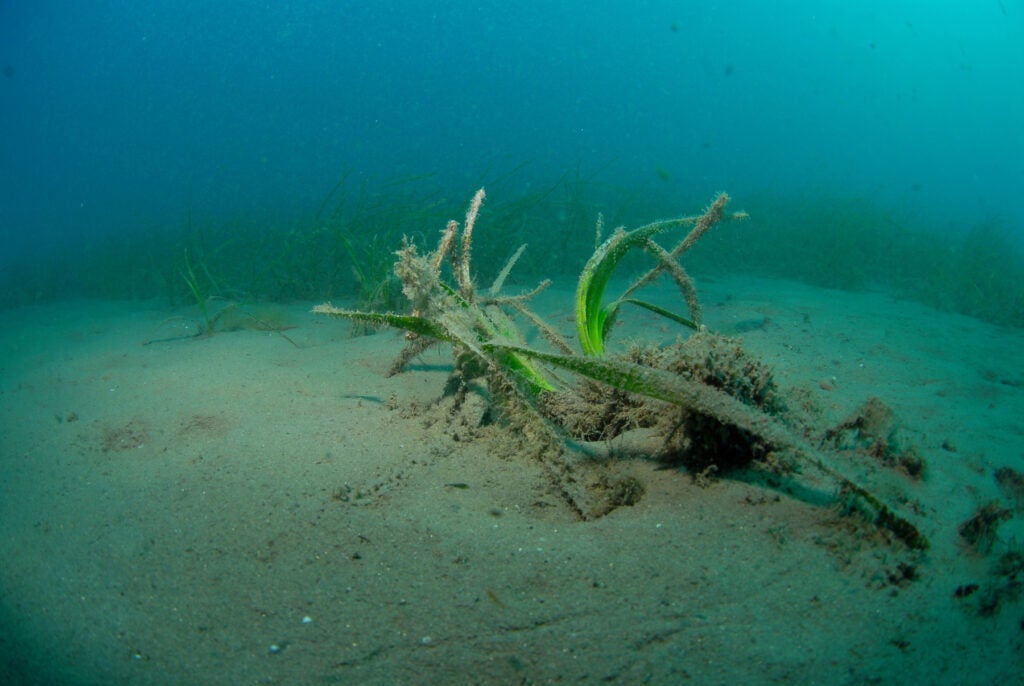August 11, 2023
The cascade effect and trawling
We have all heard the term “cascade effect” used to refer to how a government decision, a war, a political event, or other situation impacts society, the economy, prices, and so on.
This expression is also used in ecology to explain how human action, a catastrophic event, or a particular incident, for instance, can have consequences for some species, the entire ecosystem, or even for very distant places. This terminology includes the snowball effect, the domino effect and the butterfly effect.
- The snowball effect is how an impact, however small it may seem, can magnify to have major consequences. For example, pollutants accumulate as they are passed from one animal to another through their diet, until they reach very high rates in humans or other animals at the top of the food chain.
- The domino effect (or chain effect) describes how the disappearance of one species causes other “pieces” of the ecosystem to collapse as well. For example, as algae that live symbiotically with some corals die –due to warming sea water– these corals may also die due to lack of food, and then cause the animals that live or feed on the reefs to disappear.
- The butterfly effect is when an event in one area has far-reaching consequences. For example, a shortage of rainfall in the mountains can result in a bad year for anchovies. Rivers carry little nutrient-rich water to the sea so the fish do not have enough food to survive and reproduce.
Some authors equate the cascade effect with the domino effect, while others consider that it encompasses all three.
The effects of trawling on the sea bed
And why are we talking about this effect?
One issue that is provoking a great deal of discussion is how trawling the sea bed is impacting the marine environment, even in areas and domains that we had not previously considered. And some of these may well be touched by one or more of these effects.
For example, passing a trawling net over the seabed, with its metal trawl doors, weights and other devices it may use, physically destroys corals, sponges and other habitat formers. This damages all the other species that depend on them for habitat, feeding and reproduction.

There are also a number of other side effects, such as the capture of unwanted species and juveniles, as well as damage to or the death of other organisms that live on the seabed. These dead animals can provoke an increase in scavengers, while damaged organisms may be more susceptible to diseases and parasites.

Climate change and other impacts on the marine environment
Trawling also has implications for climate change, as it is a fuel-intensive fishing technique. In addition, by destroying seagrass meadows and other plant and algal communities, the ocean’s capacity to fix carbon is reduced. Fewer organisms photosynthesising means less CO2 is captured.

Trawling nets stir up sediments as they pass over the sea floor, which can cause carbon that has already been fixed to re-enter the water column. Some of this carbon can be converted back into CO2, which can potentially make the ocean more acidic and reduce its capacity to absorb atmospheric CO2.
These sediments in the water column end up being deposited, but not in the same place. They can travel hundreds or thousands of metres, burying communities of algae, corals or sponges, so we begin a spiral of impacts that increase the damage to the marine environment. And as we continue to study, we uncover further impacts, effects and implications of this fishing gear.
We can see how trawling produces a domino effect on organisms on the seabed and how this spreads to other species, how the disturbed sediments cause a snowball effect that continues to magnify throughout the ecosystem, and generate a butterfly effect that can reach the deep sea and even the atmosphere. Bottom trawling is therefore a major obstacle to rebuilding fish stocks, reducing the environmental impact of fishing at sea; decarbonising and reducing the dependence of fishing vessels on fossil fuels, as well as hindering the restoration of damaged and destroyed sea beds.

